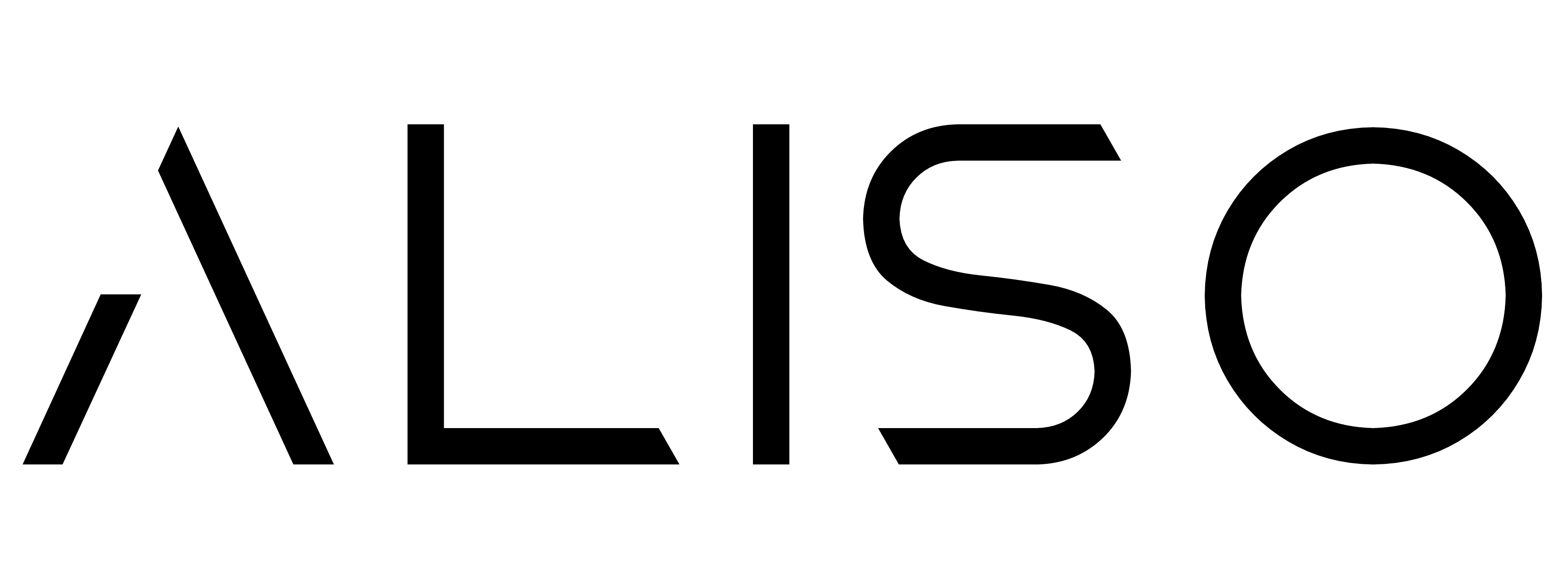The Problem No One Talks About Until It’s Too Late
Every business has key employees who know how everything works.
They are the ones who:
📌 Understand the ins and outs of your systems and processes.
📌 Know the shortcuts, workarounds, and undocumented fixes.
📌 Have years of institutional knowledge that keeps things running smoothly.
But what happens when they leave?
🚨 If their knowledge isn’t documented, it walks out the door with them.
The reality is that most businesses don’t think about knowledge transfer until it’s too late.
A survey by Panopto found that companies lose an average of $47 million per year due to knowledge loss when employees leave.
If your business doesn’t have a structured knowledge transfer process, you’re at risk of losing critical information, productivity, and efficiency.
What Is Knowledge Transfer, and Why Does It Matter?
Knowledge transfer is the structured process of capturing, documenting, and sharing critical business information before employees leave or transition to new roles.
It ensures that:
✅ Institutional knowledge stays within the company.
✅ New employees can ramp up faster.
✅ Workflows remain consistent and efficient.
✅ Critical business functions aren’t disrupted.
Signs Your Business Has a Knowledge Transfer Problem
If your company relies heavily on key employees, you likely have a knowledge transfer issue.
🚨 Employees say things like “Ask John, he knows how to do that” instead of referencing documentation.
🚨 New hires struggle for weeks or months to get up to speed.
🚨 When employees leave, projects stall or fall apart.
🚨 There is no clear process documentation for essential tasks.
🚨 Employees repeat the same mistakes because knowledge isn’t shared.
Without a proper knowledge transfer strategy, your business is constantly playing catch-up.
The Cost of Poor Knowledge Transfer
📌 42% of company knowledge is unique to individuals and isn’t documented.
📌 60% of employees have difficulty getting information they need to do their jobs.
📌 New hires take up to 12 months to become fully productive without proper knowledge transfer.
These inefficiencies waste time, increase training costs, and impact business performance.
How to Improve Knowledge Transfer Before Key Employees Leave
1️⃣ Identify Critical Knowledge
- Make a list of essential skills, processes, and systems key employees handle.
- Ask, “What would be lost if this person left today?”
- Prioritize high-risk areas where knowledge is undocumented.
2️⃣ Document Processes and Workflows
- Use process mapping to visually document workflows.
- Create step-by-step work instructions for critical tasks.
- Standardize best practices, templates, and guidelines.
3️⃣ Use a Knowledge Management System
- Store documentation in a centralized, accessible location.
- Use tools like SharePoint, Confluence, or internal wikis.
- Ensure employees can easily search and retrieve information.
4️⃣ Encourage Knowledge Sharing
- Implement mentorship or shadowing programs.
- Schedule regular knowledge-sharing sessions.
- Encourage teams to document lessons learned from projects.
5️⃣ Train Teams to Use Documentation
- Provide hands-on training using documented processes.
- Make work instructions part of daily operations.
- Encourage employees to update and improve documentation regularly.
6️⃣ Plan for Employee Transitions
- Require handover documentation before employees leave.
- Conduct exit interviews focused on knowledge transfer.
- Create a transition plan for key roles.
7️⃣ Assign a Technical Writer to Capture Knowledge
- A technical writer specializes in documenting business-critical knowledge.
- They work with employees to capture expertise and turn it into structured documentation.
- Professionally written work instructions reduce knowledge loss and training time.
Why Businesses Need a Technical Writer for Knowledge Transfer
A technical writer ensures knowledge transfer is:
📌 Structured and easy to follow.
📌 Written in clear, simple language.
📌 Formatted for quick reference.
📌 Visually organized with process maps and guides.
Businesses that prioritize knowledge documentation see:
✅ Faster training and onboarding.
✅ Fewer mistakes and miscommunications.
✅ More consistent operations across teams.
✅ Reduced reliance on individual employees.
The Risks of Not Capturing Knowledge Before It’s Too Late
Without structured documentation, businesses face:
🚨 Loss of critical information when employees leave.
🚨 Higher training costs for new hires.
🚨 Slower project completion and missed deadlines.
🚨 Inconsistent processes leading to errors and inefficiencies.
A strong knowledge transfer strategy protects your business from these risks.
How Aliso Digital Can Help
At Aliso Digital, we specialize in:
📌 Documenting critical knowledge before employees leave.
📌 Creating structured, easy-to-follow process documentation.
📌 Standardizing work instructions for consistency and efficiency.
📌 Helping businesses build long-term knowledge management systems.
If your business is at risk of losing key knowledge, we can help.
👉 Visit Aliso Digital to improve your documentation today.






